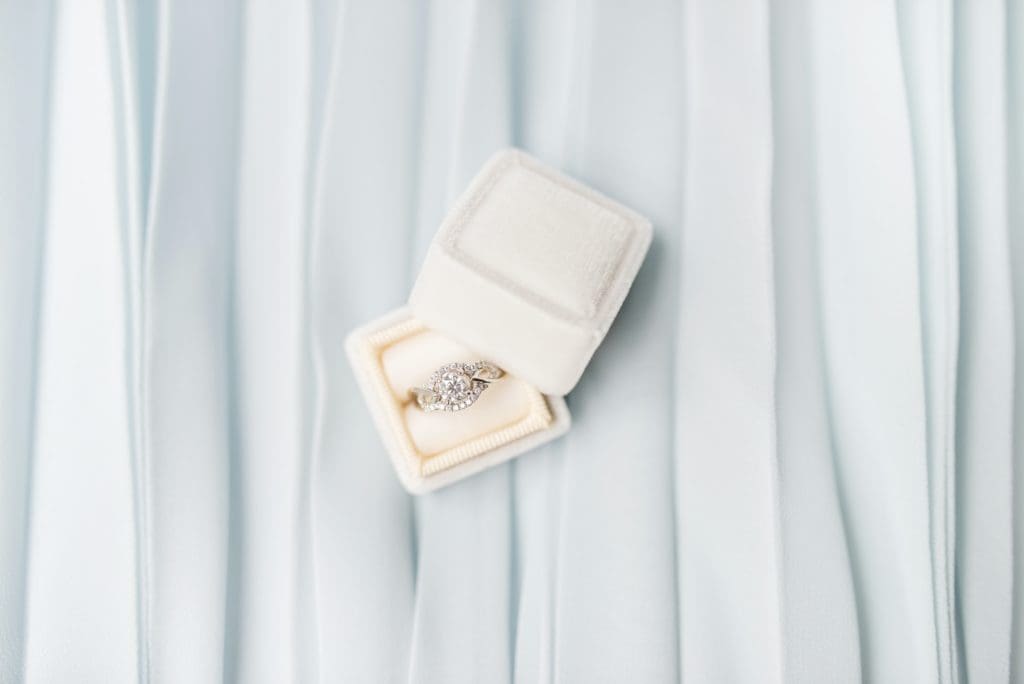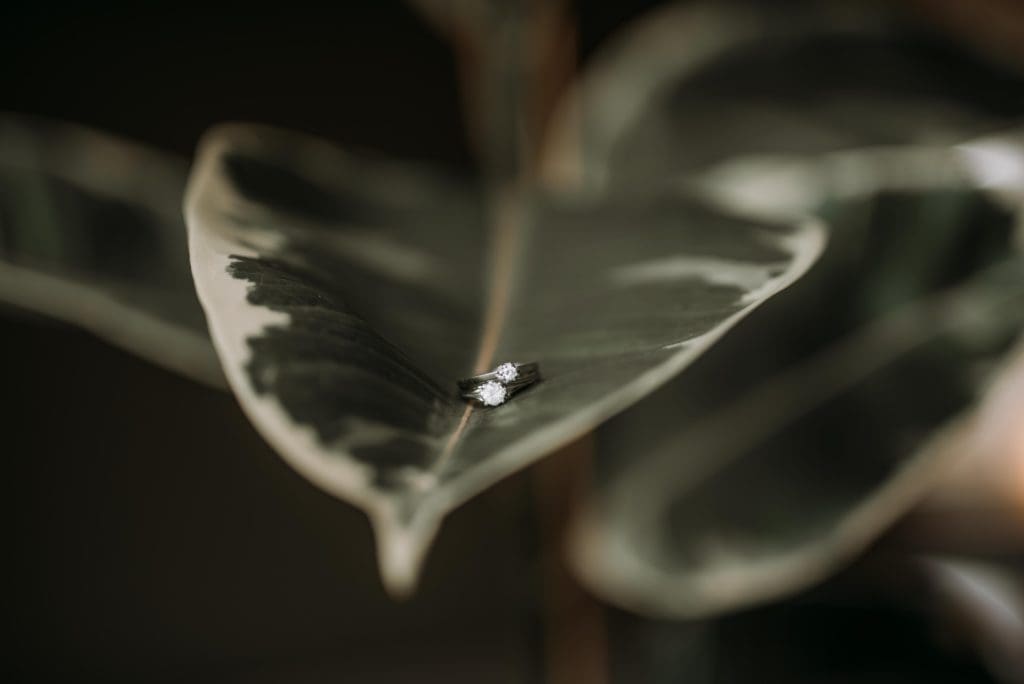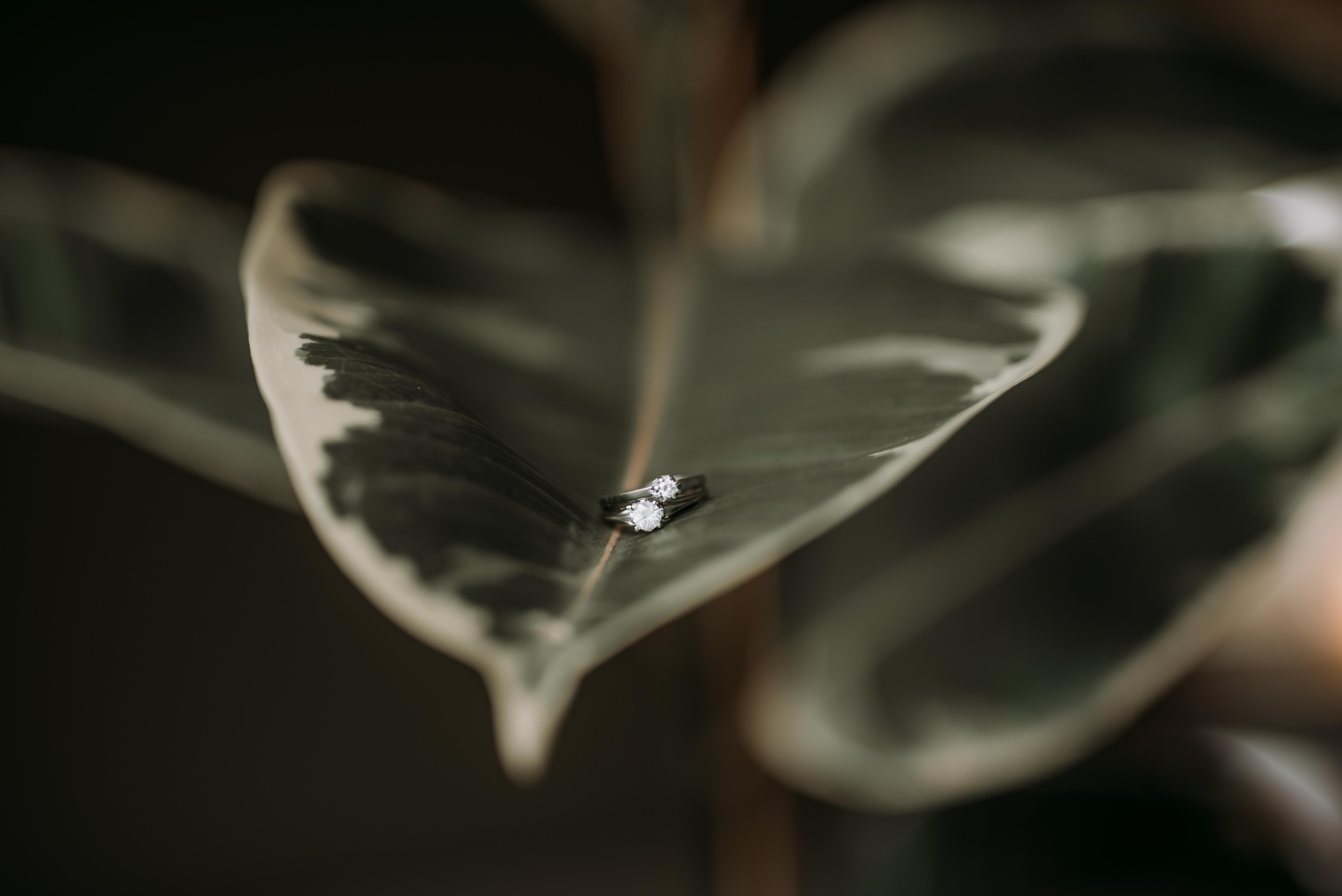Table of Contents
Is a Lab-Created Diamond Ring Right for Me?
If you’re shopping for a diamond ring, you might not have considered buying a Lab-Created Diamond Ring, but the stones are growing in popularity. Mined diamonds are rarer, but they have a significant negative environmental impact (creating seven times the level of impact as a lab-grown diamond) and tend to be more expensive because of the cost to produce them.
On the other hand, lab-created diamonds are created by simulating the process of natural diamond creation in a lab environment, at a much faster speed than the 1 to 3.3 billion years required to form one in nature. The only difference between a lab-created diamond and a mined diamond is the point of origin. If you’re on the fence, let’s go over some basic facts about lab-grown diamonds to decide if a lab-created diamond ring is right for you.
Lab-created diamonds are more affordable
One of the main reasons consumers are considering lab-created diamonds is competitive pricing. On average, lab-created stones are 20-40% less expensive than their mined alternative, without sacrificing clarity, consistency, or quality. Looking for lab diamond rings can get you a lot more weight for your money. This has a lot to do with the reduced supply chain, the process to create diamonds in a lab is more efficient than mining and refining stones found in the earth.

As the economy struggles to rebound in the aftermath of COVID-19 and millennials and Gen Z remain budget-conscious, the savings that can be found by choosing a lab-grown diamond can be considerable and a powerful motivating factor in driving future purchasing decisions.
Lab diamonds are better for the environment
Mined diamonds require plenty of machinery, explosives, and man-power and involve digging deep into the earth to be retrieved. This process creates mineral waste, disturbs the land, and can pollute nearby water sources as well. As global warming becomes more of a crisis, the carbon emissions are also a concern for those who care about the environment. The air emissions on a single karat of a mined diamond are 1.5 billion times higher than a lab-grown diamond. The diamond industry has its share of ethical issues, including the use of child labor, questionable safety protocols, and work-related accident risks. These environmental and ethical problems are a big part of why customers are open to considering alternatives to mined diamonds.
The popularity of lab diamonds is on the rise

When surveyed, nearly 70% of millennials say they would consider a lab-grown diamond and an Antwerp World Diamond Center report suggests the segment of the market is increasing by 15% to 20% annually. Lab diamonds are cheaper and easier to produce than they’ve ever been before, costing around $300 to $500 per karat as compared to $4000 per karat in 2008. The evolving technology in the industry continues to allow lab-grown diamonds to be produced both cheaply and rapidly. Given this rapid growth and the quality of diamonds being created, all signs point to lab-grown and synthetic diamonds as the future in engagement rings and personal jewelry.
While traditional, mined-diamond engagement rings have long been the standard for jewelry purchases, younger customers are starting to consider lab-created alternatives in growing numbers. With over two-thirds of millennials being willing to consider a lab-grown or synthetic diamond, an ever-increasing share of the market, and an efficient supply chain that allows for reduced production costs, these stones seem likely to stay popular for a long time to come. If you weren’t aware of lab-grown diamonds as an alternative, it might be time to give them a real look next time you’re in the market for a ring.




